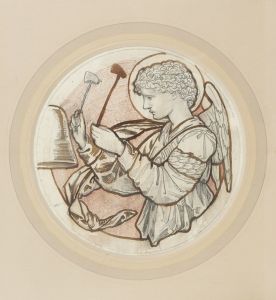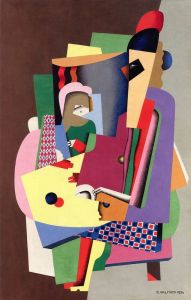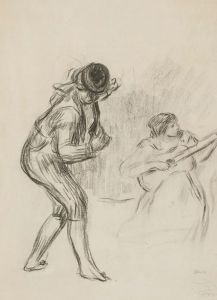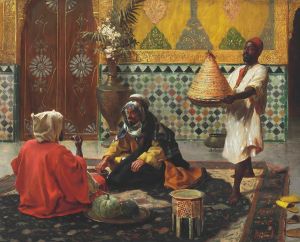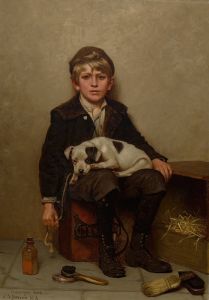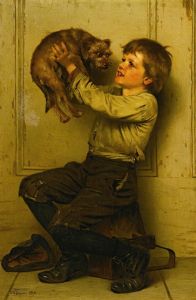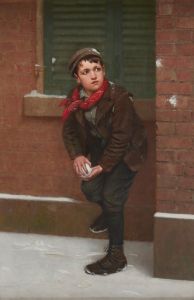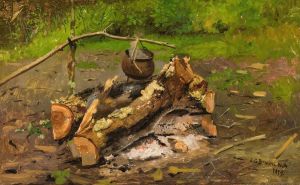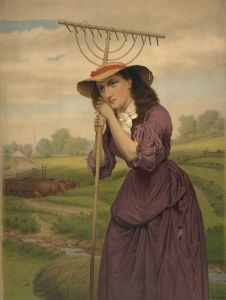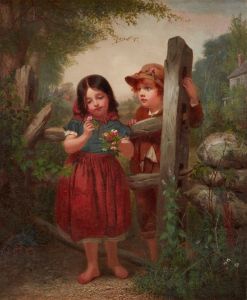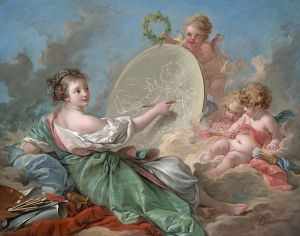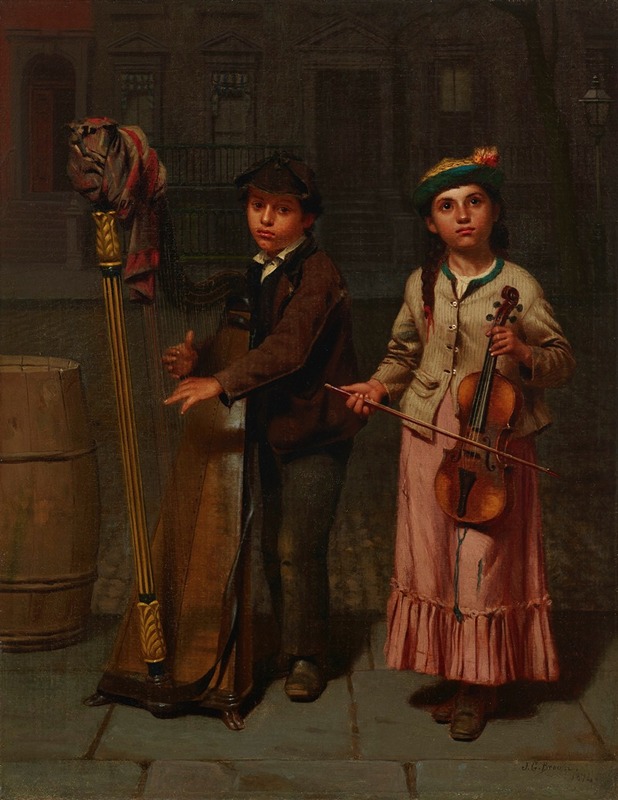
The Two Musicians
A hand-painted replica of John George Brown’s masterpiece The Two Musicians, meticulously crafted by professional artists to capture the true essence of the original. Each piece is created with museum-quality canvas and rare mineral pigments, carefully painted by experienced artists with delicate brushstrokes and rich, layered colors to perfectly recreate the texture of the original artwork. Unlike machine-printed reproductions, this hand-painted version brings the painting to life, infused with the artist’s emotions and skill in every stroke. Whether for personal collection or home decoration, it instantly elevates the artistic atmosphere of any space.
John George Brown (1831–1913) was a British-born American painter renowned for his depictions of everyday life, particularly scenes featuring children and working-class individuals in urban settings. His works are characterized by their attention to detail, vibrant colors, and a sense of narrative that captures the essence of 19th-century American life. Among his numerous paintings, "The Two Musicians" stands out as a notable example of his genre work.
"The Two Musicians" is a painting that exemplifies Brown's interest in portraying the lives of ordinary people, often with a focus on children. While specific details about the painting's creation date and current location are not widely documented, it is consistent with Brown's broader oeuvre, which frequently depicted young street musicians, bootblacks, and newsboys. These subjects were common in his work, reflecting the social realities of the time and the burgeoning urban environment of cities like New York, where Brown spent much of his career.
In "The Two Musicians," Brown likely presents two young boys engaged in playing music, possibly on the streets, as was typical of many of his subjects. The painting would capture the innocence and resilience of these children, highlighting their ability to find joy and creativity despite their challenging circumstances. Brown's work often conveyed a sense of optimism and humanity, portraying his subjects with dignity and warmth.
Brown's technique involved a meticulous attention to detail, which brought his scenes to life with a sense of realism and immediacy. His use of color and light would enhance the narrative quality of the painting, drawing viewers into the world of his subjects. This approach made his work popular among collectors and the general public during his lifetime, as it resonated with the American spirit of perseverance and hope.
Throughout his career, John George Brown became one of the most successful genre painters in America. He was a founding member of the Water-Color Society and served as the president of the National Academy of Design from 1899 to 1904. His paintings were widely exhibited and collected, and he enjoyed considerable commercial success. However, his work also faced criticism from some quarters for its sentimentalism and perceived lack of depth compared to the more avant-garde movements emerging at the time.
Despite such critiques, Brown's paintings, including "The Two Musicians," remain valued for their historical significance and their ability to capture the spirit of an era. They offer a window into the lives of 19th-century Americans, particularly the children who navigated the complexities of urban life. Brown's legacy endures through his contributions to American art and his role in documenting the social fabric of his time through his evocative and engaging works.





